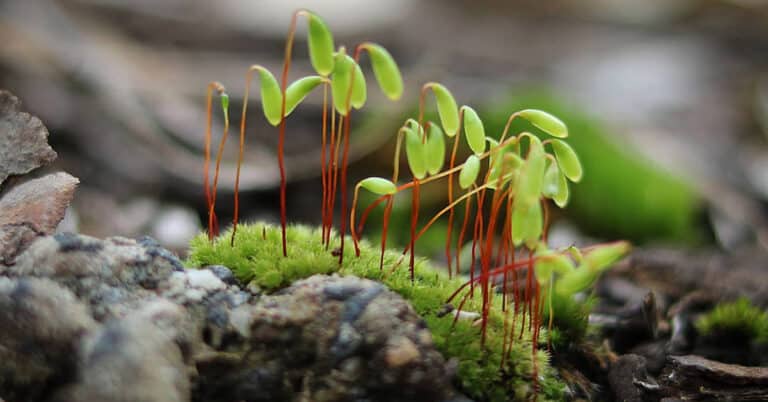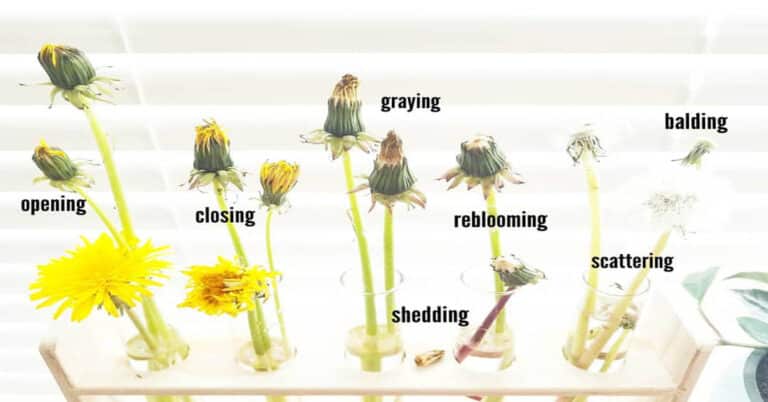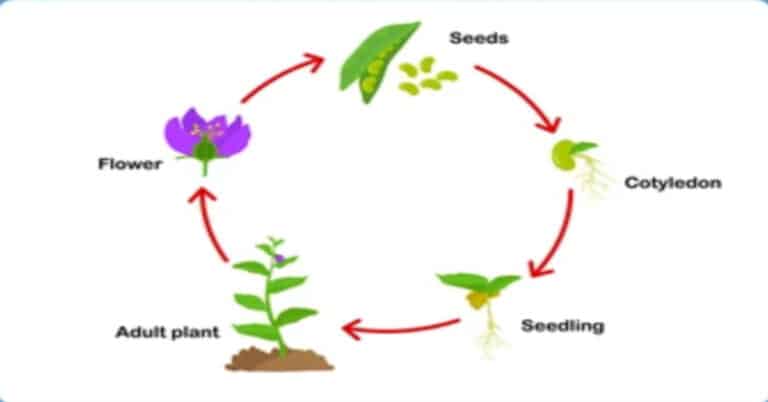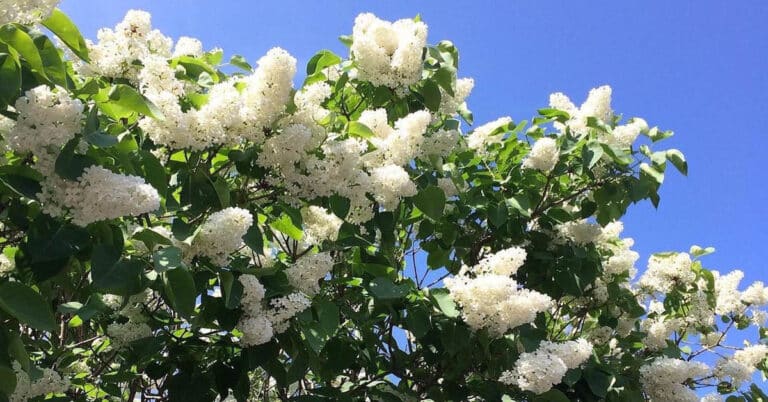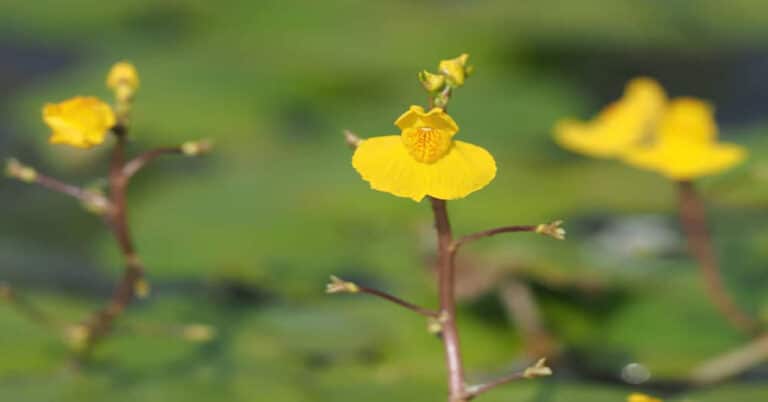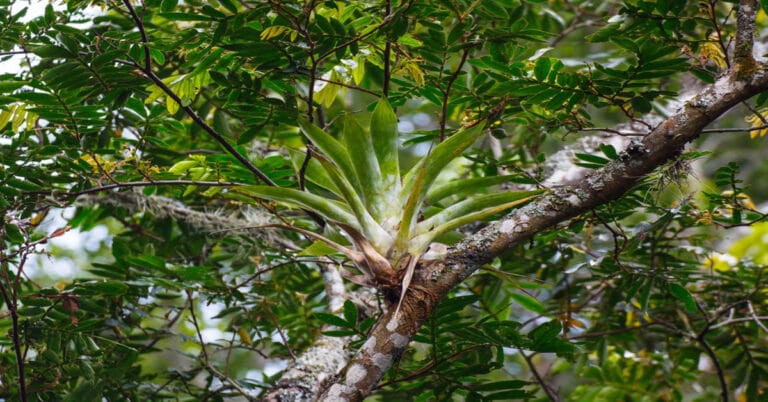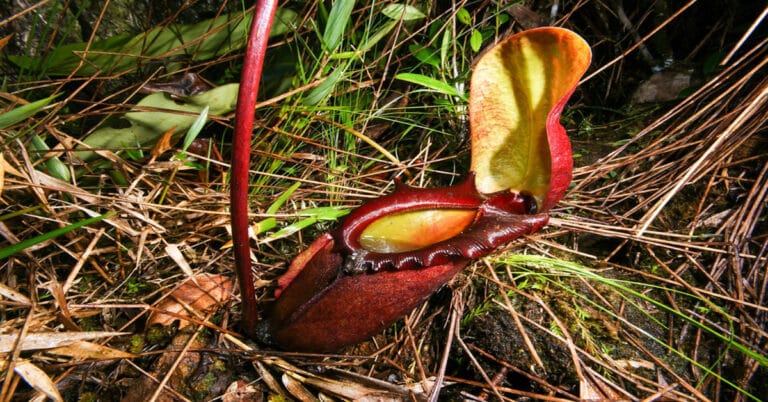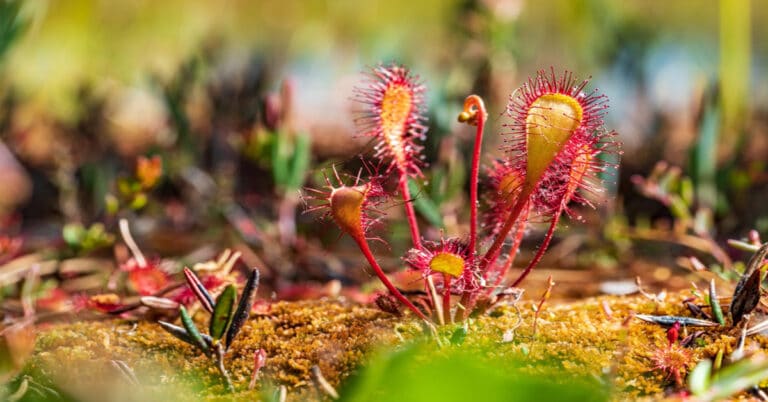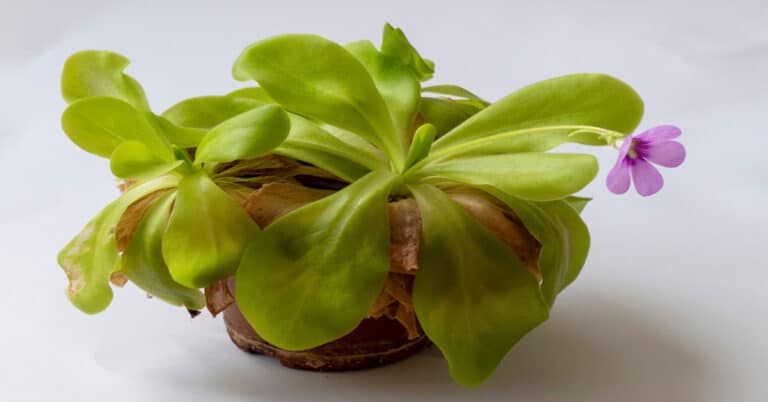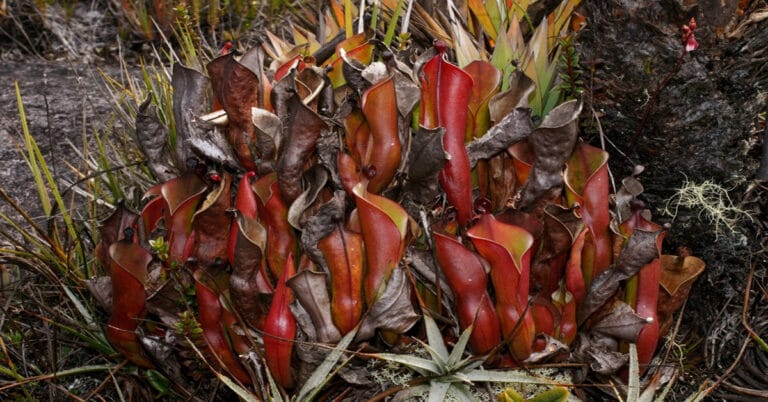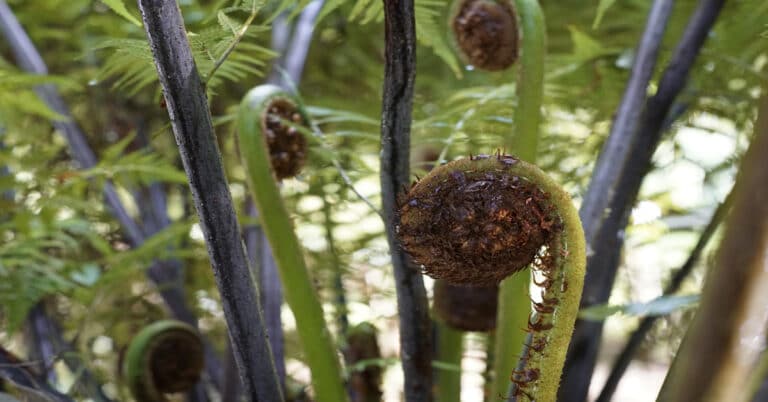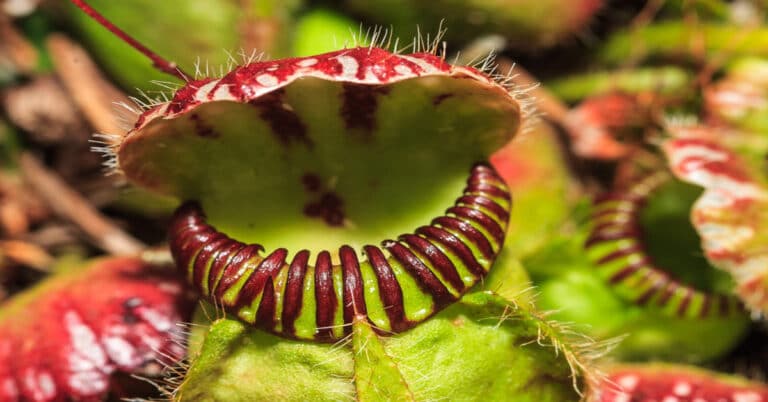Moss Life Cycle – Complicated and Impressive Aspects You Should Know
If you’re a nature lover, you’re probably aware that moss is a non-vascular plant without roots that cannot produce wood or flowers. The main part of the moss life cycle is that this plant generates spores for reproduction as opposed to seeds, which are typically produced by many plant species. The term “moss” is frequently…

